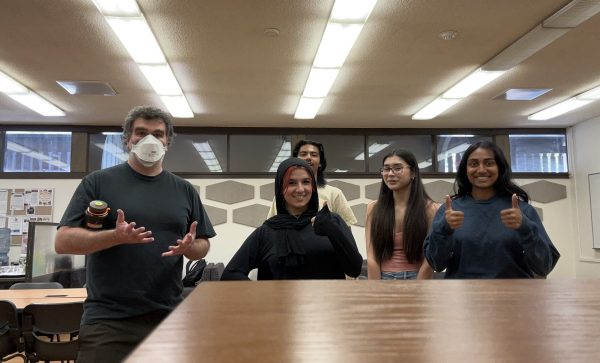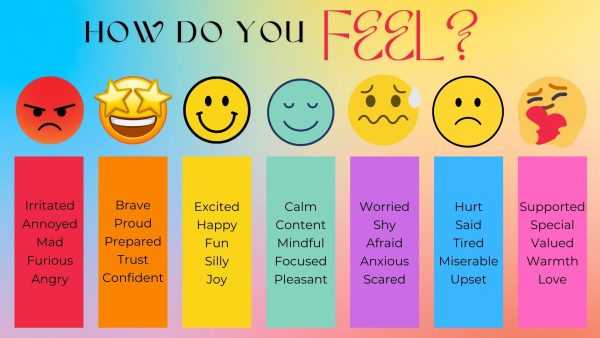Hawaii False Alarm reveals dangerous government incompetence
“BALLISTIC MISSILE THREAT INBOUND TO HAWAII. SEEK IMMEDIATE SHELTER. THIS IS NOT A DRILL.” This is the cell phone, television and radio notification the people of Hawaii awoke to on Jan. 13, causing widespread panic not only in the state of Hawaii, but nationwide as the country braced for nuclear warfare. Negligence by government officials as well as lack of precautions are the sources of this; the United States government simply should’ve been better equipped for this exact type of scenario.
The false alarm was sent out at 8:07 a.m. Hawaii-Aleutian Standard Time during an internal drill when a state employee accidentally pushed the wrong button, according to Vern Miyagi, the administrator for the Hawaii Emergency Management Agency, the team responsible for the situation.
By 8:10 a.m. officials began the recall process, and within five minutes many of those working for the government were notified that the notification was, indeed, a false flag—leaving us all wondering: why did it take them nearly 40 minutes to notify the public?
Rep. Tulsi Gabbard, District of Hawaii, received reassurance within 12 minutes of the sendout, and Hawaii’s director of emergency management, Maj. Gen. Arthur Logan, established with the U.S. Pacific Command that the alarm was false within five minutes of the alert being sent out.
Hawaii state officials claim their reasoning for the dawdle when informing the public about the false alarm was due to a number of reasons, all of which should have and could have been prepped for beforehand.
The first reason was due to officials being unsure whether or not they could use the same system they used to send out the first alert to send out the recollection alert. If this was the case, why wasn’t a retraction system put in priority in the event of such an occurrence?
The second and probably most crucial reason for the setback was due to not having a retraction notice on file. This is a petty mistake made on part of Hawaii, and if a retraction notice had been planned ahead of time, the Hawaiian public could’ve had the reassurance as quickly as most government officials did.
The Federal Emergency Management Agency, also called FEMA, stated that the state of Hawaii did not need federal approval in order to retract the alerts, and has had the authority to recall these types of alerts since 2012 when the state applied for the Integrated Public Alert and Warning System.
With that said, it would’ve been wise to have all of the protocols in place considering they didn’t need federal approval and could have had the issue resolved within minutes.
The state will now require two people to verify alerts before being sent out as well as a cancellation notification that could be sent out within seconds has been created in case, God forbid, this were to happen again.
“It was a false alarm based on a human error. There is nothing more important to Hawaii than professionalizing and foolproofing this process,” said Sen. Brian Schatz, District of Hawaii.
However, what if Hawaii didn’t get an opportunity to foolproof this process? What if our president—who isn’t known to make the best public decisions—jumped the gun and fired a ballistic missile as retaliation? These are the things we must ask ourselves when situations like these occur, because, although it was all figured out and Hawaiian officials are looking to foolproof the process as a whole, this one little mistake could’ve caused global consequences due to the carelessness of our government.

Trémaurice here! I've been with La Voz News for one year now. First, as a freelance reporter/photographer and then, as a full-time staff reporter, before...







